1. It’s All About Energy Conservation
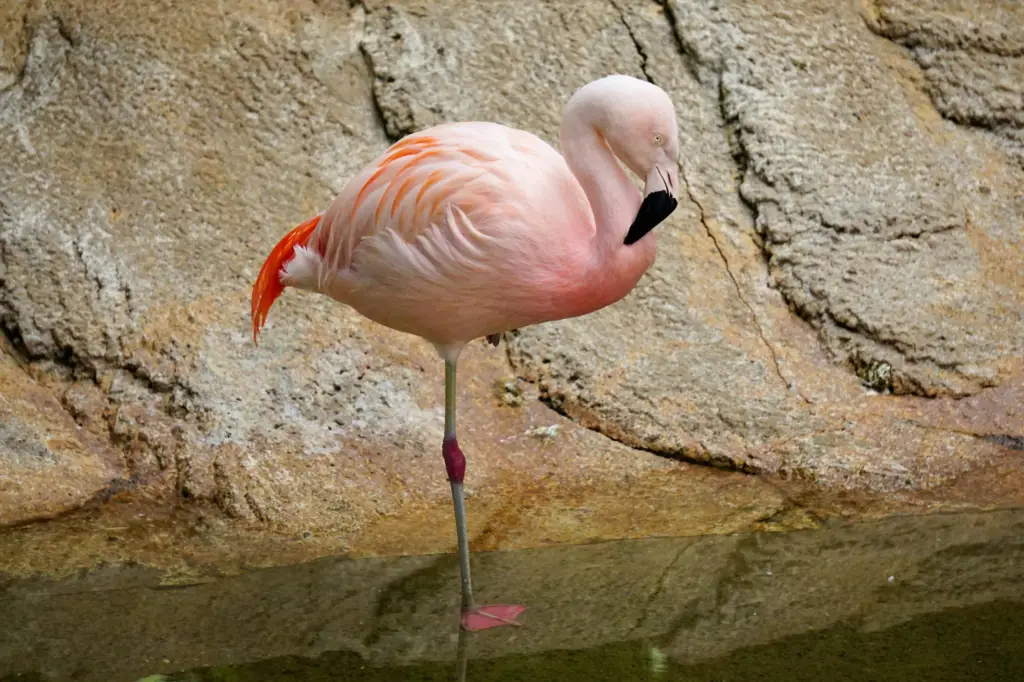
One of the most widely accepted theories is that flamingos stand on one leg to conserve energy. Standing on two legs, especially in the shallow waters where flamingos often forage, requires more muscular effort. By standing on one leg, flamingos can reduce the amount of energy they use to maintain their balance, especially when they’re standing still for long periods of time. The leg they lift may actually be resting, supported by the bird’s unique skeletal structure, which minimizes muscle activity. This makes it easier for the flamingo to spend long hours wading through water without tiring quickly. The other leg, meanwhile, is doing the job of holding up the flamingo’s weight while it rests its muscles. This posture allows the bird to save energy for activities like feeding, flying, or keeping an eye out for predators. It’s a simple but effective survival tactic that helps flamingos thrive in their wetland habitats. With so much time spent standing, even a small energy-saving method can make a big difference in their overall stamina. Ultimately, standing on one leg is an evolutionary adaptation that supports their way of life.
2. It Helps Them Stay Warm
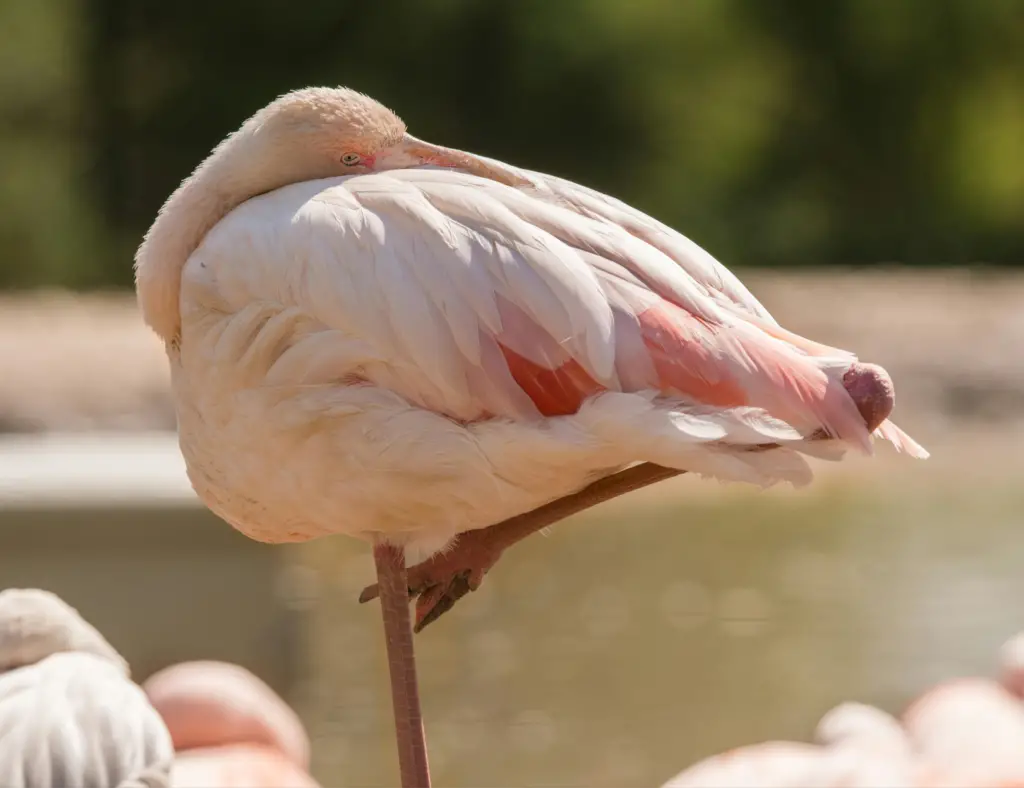
Another theory about why flamingos stand on one leg has to do with temperature regulation. Flamingos often inhabit cold, wet areas like salt flats and coastal wetlands, where temperatures can fluctuate. By lifting one leg, they reduce the amount of heat lost through their exposed limb. Birds, like flamingos, have a unique circulatory system in their legs, known as a countercurrent heat exchange system. This system helps to keep their body temperature stable by drawing heat away from the cold blood flowing back into the bird’s body. By tucking one leg up to their body, flamingos help to keep that heat close to their core, preventing the loss of body warmth. The leg that’s tucked under the body is insulated by feathers and the bird’s body, reducing the exposure to the cold air. Flamingos are particularly sensitive to cold, and standing on one leg might just be a clever way to ensure they don’t lose more heat than necessary. This ability to regulate temperature is crucial for survival, especially in environments with variable temperatures. The one-legged stance is a simple yet effective method for keeping warm in chilly waters. Flamingos have evolved this behavior to help them stay comfortable, no matter the climate they find themselves in.
3. It Helps With Balance and Posture
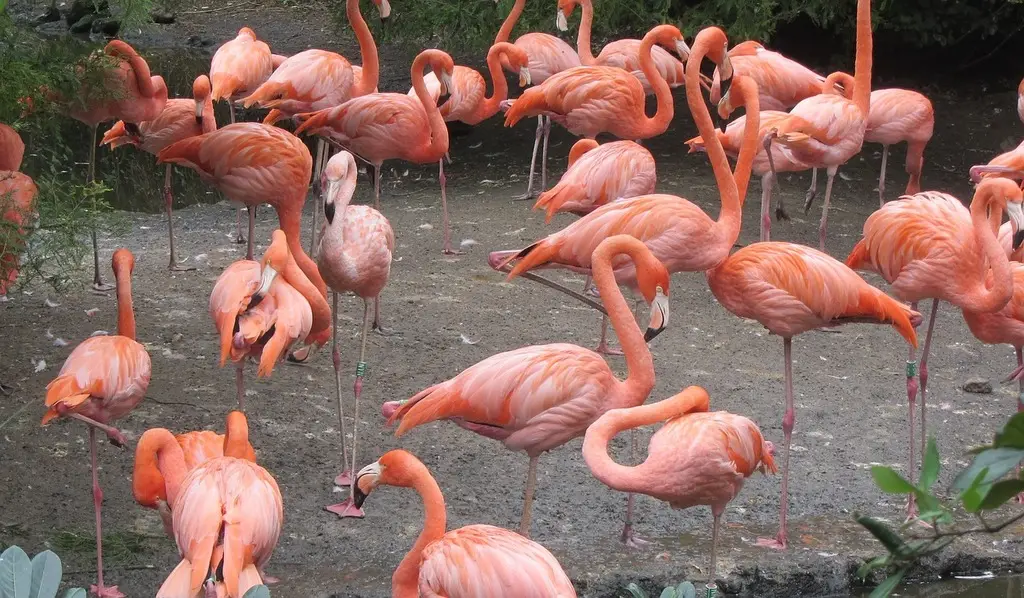
Another reason flamingos may stand on one leg is that it actually helps with their balance. Flamingos are long-legged birds, and their height and gangly posture can make balancing a challenge, especially on soft or unstable surfaces like mudflats or marshy waters. When they stand on one leg, they automatically engage their core muscles and create a more stable, less wobbly position. The balance is further enhanced by the bird’s ability to rest its lifted leg without much effort due to its specialized joint structure. Standing on one leg forces the flamingo to engage its body in a way that provides better posture and minimizes unnecessary movement. This technique is especially helpful when flamingos need to stand still for extended periods of time while they forage or observe their surroundings. It helps them maintain an upright stance with less muscular strain, enabling them to conserve energy and focus on other activities, like keeping an eye out for predators. Flamingos’ ability to balance while standing on one leg is a physical adaptation that supports their unique lifestyle. They have mastered the art of posture and balance to thrive in their environments. It’s all about minimizing effort while maintaining stability in a habitat where standing is part of their daily routine.
4. It’s Linked to Digestion
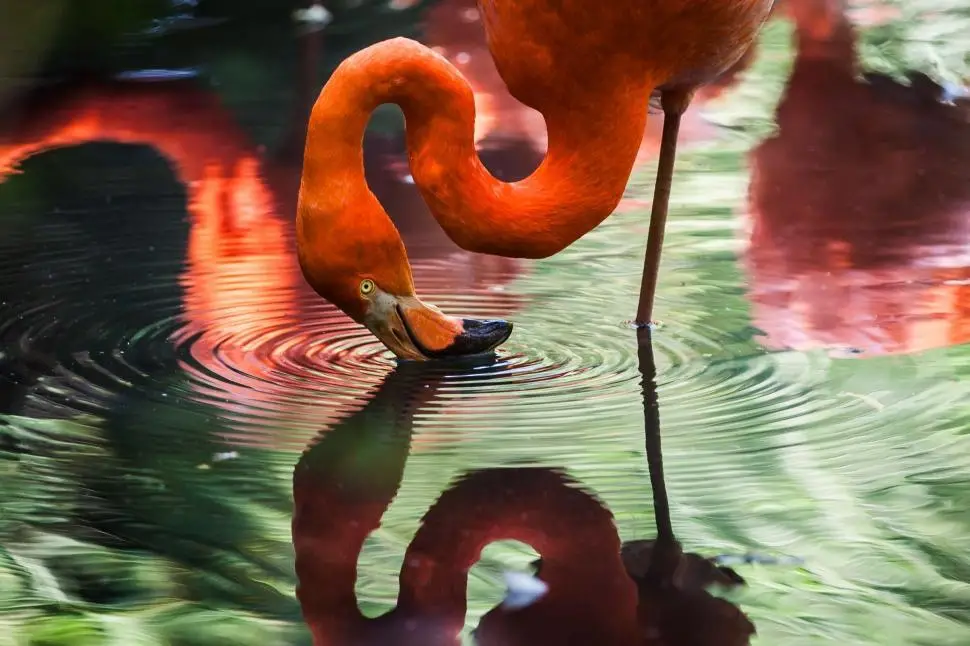
Some scientists believe that standing on one leg might actually help flamingos with digestion. Flamingos feed primarily on algae, small crustaceans, and other organisms found in shallow waters. This food is often high in nutrients but difficult to process, which is why flamingos have specialized digestive systems to extract maximum energy from their meals. Standing on one leg could help improve the movement of food through their digestive tract. This posture may put slight pressure on the flamingo’s stomach and digestive organs, encouraging digestion to progress more efficiently. By shifting their weight to one leg, they may be allowing gravity to assist with the processing of food, much like how humans might lean forward to help with digestion. Although this theory is still debated, it’s an intriguing idea that aligns with the way animals in the wild often use posture to aid in physiological functions. Flamingos are constantly adapting their behaviors to support their needs, and their one-legged stance might just be one more example of this. This theory opens up a fascinating new area of study into how behavior and physiology are intertwined in the animal kingdom. It could be that flamingos’ unique feeding habits are made even more effective by their quirky posture.
5. It’s a Way to Keep an Eye on Predators
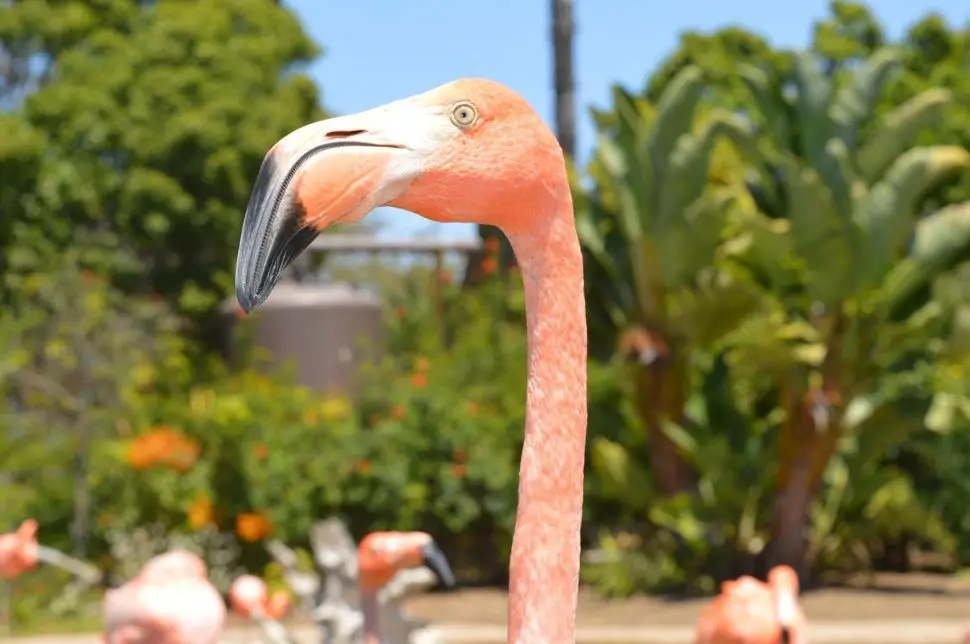
Standing on one leg also gives flamingos a strategic advantage when it comes to spotting predators. Flamingos are often found in large flocks, where individual birds need to stay alert for potential threats. By standing on one leg, they position themselves in a way that reduces the amount of movement needed to scan their surroundings. Their long necks and wide field of vision allow them to see predators from a distance while they remain relatively still. This posture minimizes the risk of alerting predators or other threats that might be lurking nearby. Flamingos often live in areas where predators such as foxes, birds of prey, or even crocodiles are a danger. By staying stationary on one leg, flamingos can remain inconspicuous while keeping an eye on potential dangers. This simple tactic helps them conserve energy while still maintaining vigilance, which is critical for survival. Flamingos have evolved to be efficient in many aspects of life, and their ability to stand on one leg while staying alert is a perfect example of how they’ve adapted to their environment. They make the most of every opportunity to stay safe while expending as little energy as possible.
6. It Could Be a Social Behavior
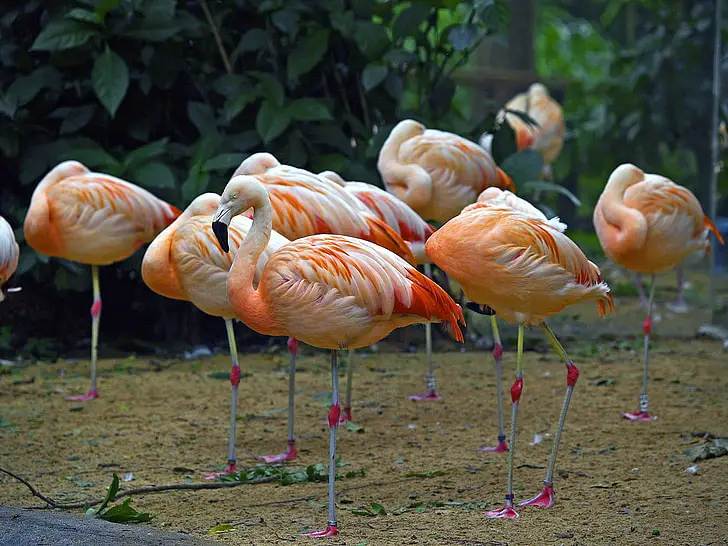
Flamingos are highly social birds that live in large colonies, and their one-legged stance may also have a social component. Some researchers believe that flamingos may stand on one leg as a way of signaling to others in the flock. In a large group, coordination and uniformity are important for maintaining group cohesion, and standing on one leg might help keep the flock in sync. When one flamingo adopts the one-legged stance, others often follow suit, creating a collective behavior that reinforces the group dynamic. This synchronized behavior might help reinforce social bonds and ensure that the group is able to perform collective activities, like feeding or migration, efficiently. Additionally, standing on one leg might be a sign of maturity or a display of fitness to other flamingos. The posture could be a visual signal that indicates the bird’s strength or stamina, factors that could play a role in mate selection. In this sense, standing on one leg becomes more than just a physical adaptation—it’s also a social behavior that helps flamingos interact with one another. By engaging in this shared posture, flamingos might be reinforcing the social structure of their flocks, making this behavior even more fascinating.
7. It Could Be a Result of Evolutionary Adaptation
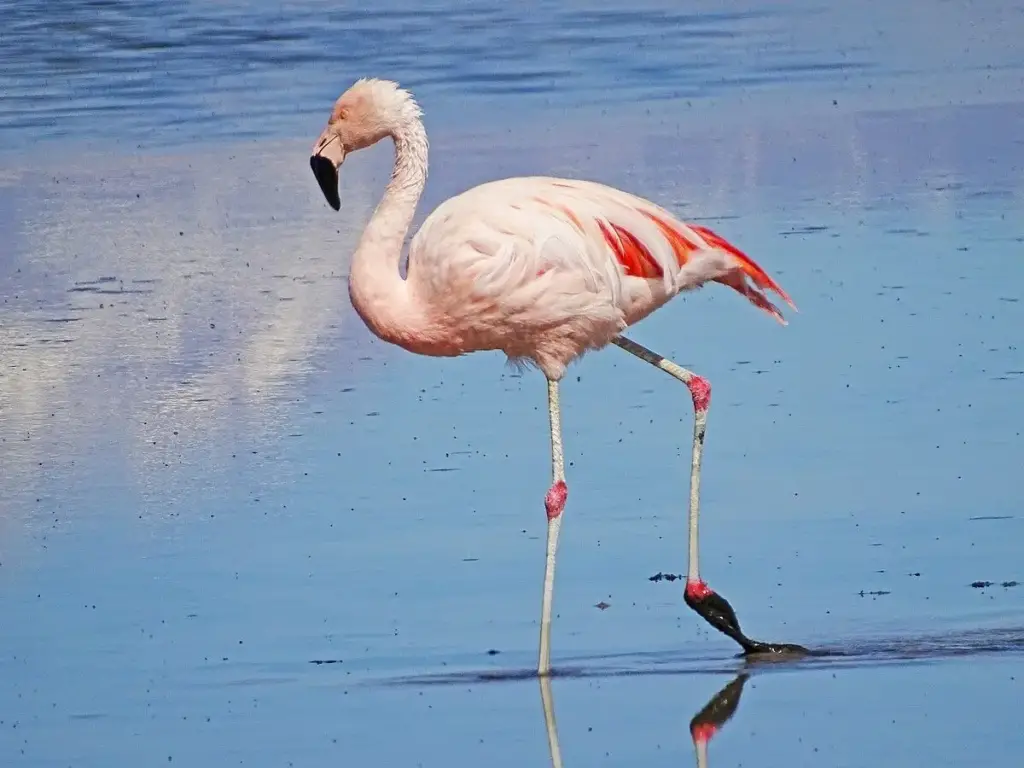
The behavior of standing on one leg could be an evolutionary adaptation that has developed over millions of years. Evolution often favors traits that increase an organism’s chances of survival, and flamingos have perfected this one-legged stance as a way of conserving energy, staying warm, and balancing. Over time, flamingos that stood on one leg may have been more likely to survive in their harsh environments, leading to the widespread adoption of this behavior. Evolution often favors traits that are efficient and conserve resources, and the one-legged stance meets these criteria perfectly. As a result, this behavior has been passed down through generations, becoming a hallmark of the species. Flamingos have evolved to be highly specialized in their environments, and their ability to stand on one leg is just one of many adaptations that allow them to thrive. This behavior might not have been immediate, but over time, it became a key part of flamingo survival. It’s a testament to the ways in which evolution shapes animal behavior to maximize efficiency and success.
8. It May Help Flamingos Sleep
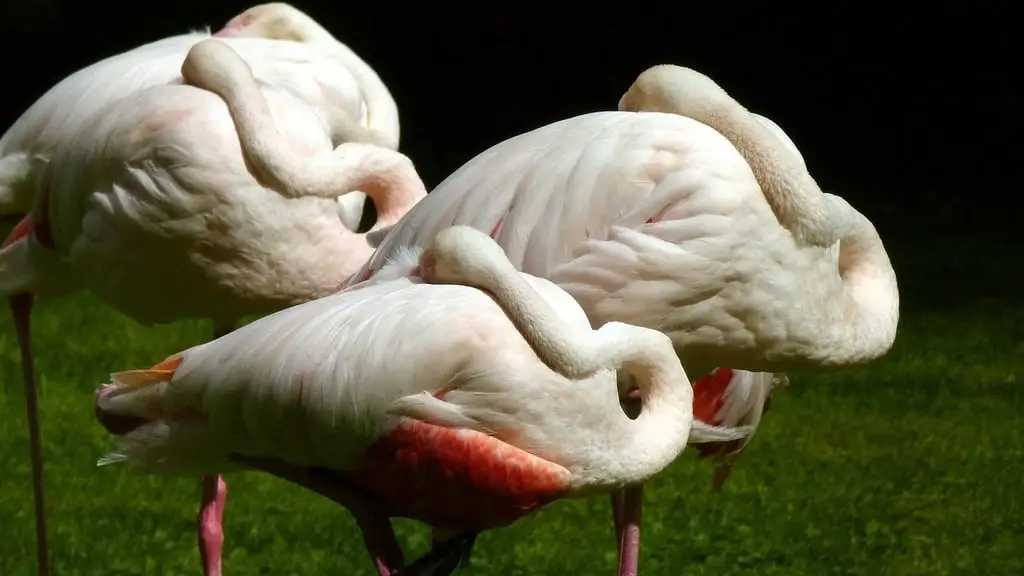
Another theory suggests that standing on one leg helps flamingos sleep without falling over. While flamingos don’t sleep as deeply as humans, they do rest in short bursts throughout the day and night. By standing on one leg, they may be able to sleep while still maintaining balance in their shallow wetland environments. This posture may allow them to remain in a semi-alert state, which is beneficial when they are at risk from predators. The ability to rest while standing helps them avoid sinking into mud or being swept away by water currents. Standing on one leg provides a secure base, allowing them to rest while keeping their body upright. This position may help prevent them from falling over or losing balance, making it a great way for flamingos to get the rest they need while still remaining alert. It’s a unique strategy for coping with the challenges of living in their wetland habitats. This behavior highlights the adaptability of flamingos to their environments, making them both efficient and well-equipped for survival.
9. It’s Linked to Flamingos’ Physical Health
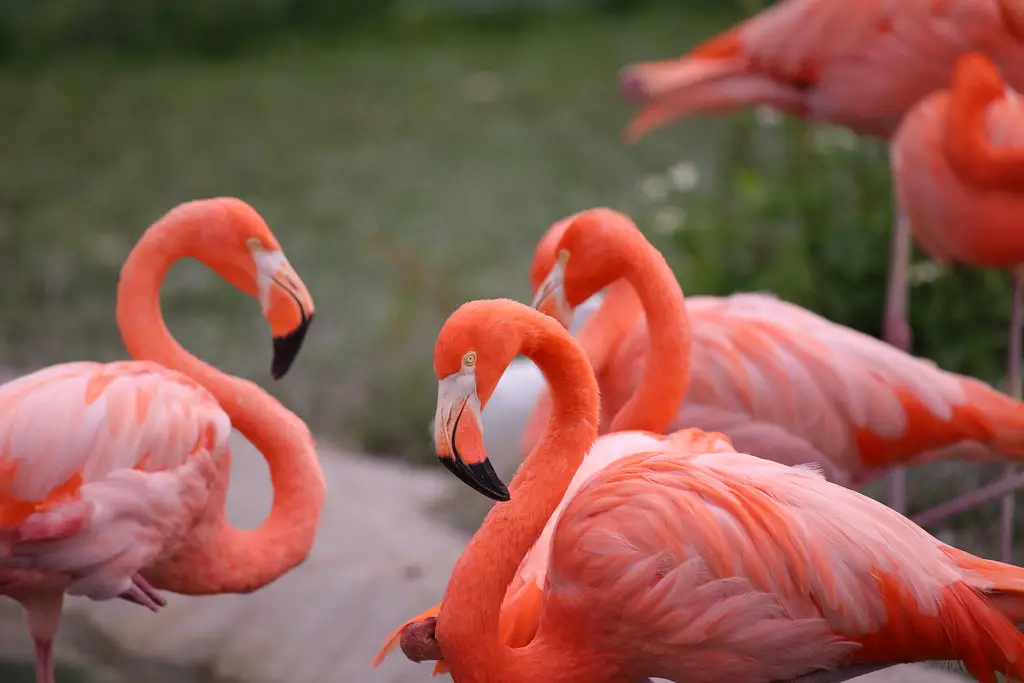
Flamingos are known for their remarkable physical health, and standing on one leg might play a role in keeping their muscles and joints in good shape. When flamingos alternate standing on each leg, they help maintain muscle tone in both limbs. This dynamic shift in weight distribution may also help keep their leg muscles flexible and strong. By regularly switching between legs, flamingos ensure that neither leg becomes overused or fatigued. This helps avoid strain and injury, which could be detrimental to their ability to forage, migrate, or escape predators. Keeping their muscles healthy is essential for flamingos to perform daily activities, and their one-legged stance may be an easy way for them to stay in top physical condition. This behavior highlights how animals adapt their posture to support long-term health and fitness. Over time, flamingos have learned to make the most of their physical structure, using their bodies efficiently to maintain strength and stamina.
10. It Might Be a Form of Display or Mating Ritual
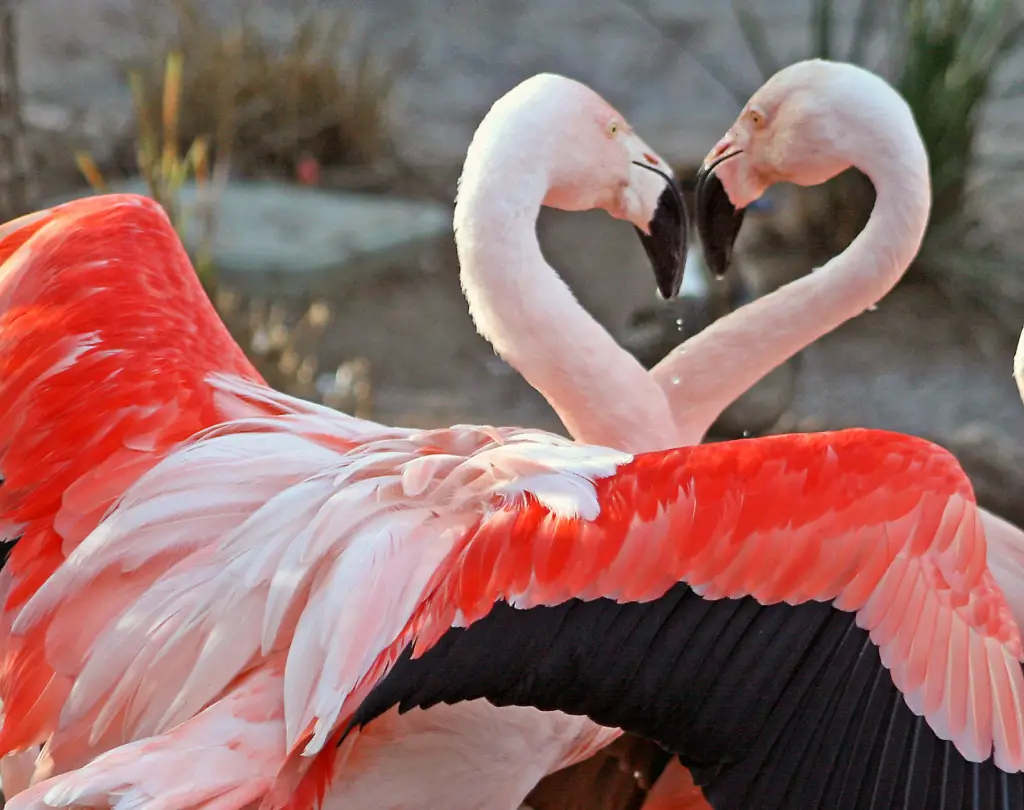
In some cases, flamingos may stand on one leg as part of a mating display. When flamingos engage in courtship rituals, they often perform synchronized movements and poses to attract mates. Standing on one leg could be part of this display, showcasing the flamingo’s physical fitness and stamina. The act of standing on one leg may demonstrate to potential mates that the bird is healthy, strong, and capable of performing tasks that require balance and coordination. This could be a way for flamingos to show off their abilities, helping them attract mates in competitive environments. In this sense, the one-legged posture may not only serve functional purposes but also act as a form of sexual selection. The more elegant and graceful a flamingo appears, the more likely it is to attract a mate. By adding this unique behavior to their courtship repertoire, flamingos make use of every opportunity to impress.
11. It’s Part of Their Resting Routine
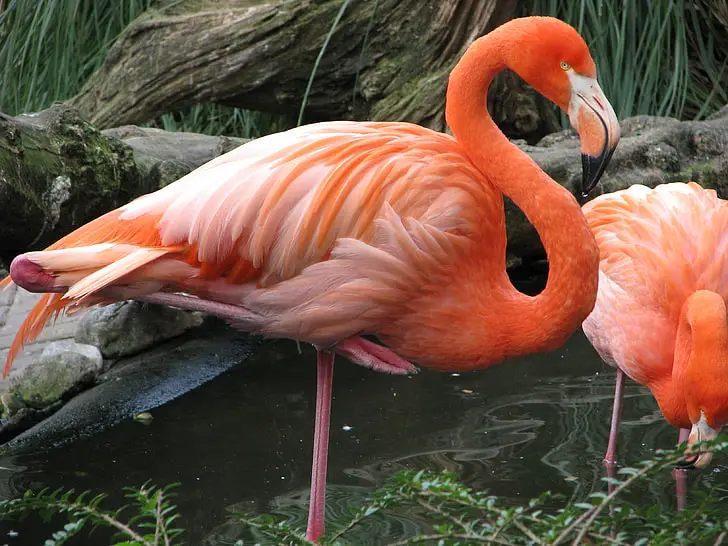
Flamingos don’t just stand on one leg when they’re active—they also use it as part of their resting routine. When they’re not feeding, they often stand on one leg for long periods, sometimes even sleeping in this position. This behavior is part of their daily rhythm and helps them relax without putting unnecessary strain on their muscles or joints. By lifting one leg, flamingos reduce the amount of work their body has to do, which makes it easier for them to rest in the same spot for hours. This relaxed posture allows them to remain still while still staying alert enough to watch for any potential threats. Some researchers suggest that flamingos may even alternate legs during rest periods, helping to prevent stiffness and muscle fatigue. Their ability to rest without compromising their balance or stability makes their one-legged stance a key part of their survival strategy. It’s another way these elegant birds have fine-tuned their behaviors to fit the demands of their environment. Standing on one leg isn’t just an occasional stance—it’s an integral part of how flamingos function throughout the day and night. It’s fascinating how such a simple action can support a variety of physiological and behavioral needs.


